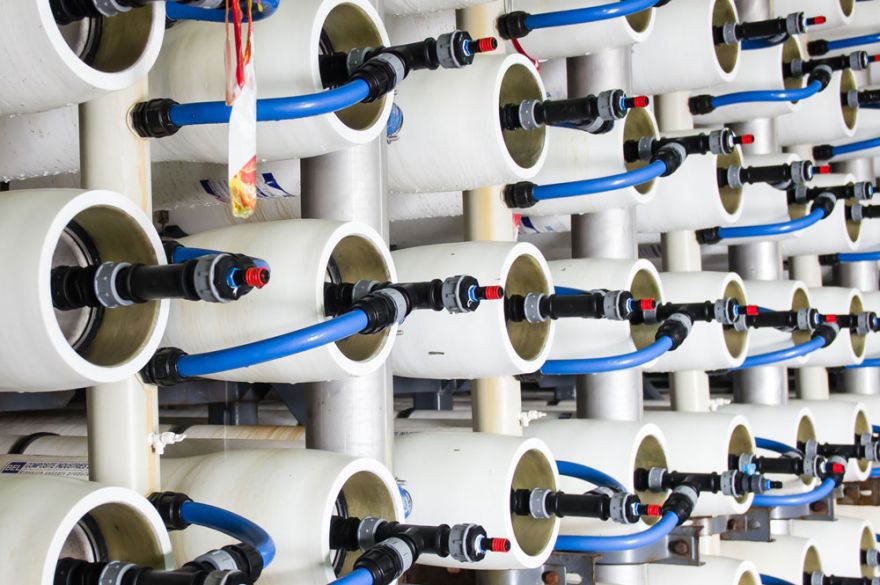MEMBRANE SYSTEMS
Membrane filtration is based on a mechanical, pressured separation of liquid into two flows: permeate – where molecules come through the membrane pores and retentate – where molecules do not come through the membrane pores.
Microfiltration (MF) – low-pressure membrane filtration that is used in order to separate molecules of about 0,05-10 micrometres. Membrane pores filter salts, carbohydrates and proteins, preventing particles such as bacteria and fat from passing. A typical working pressure ranges from 5 to 45 psi (0,34 – 3 bar).
Ultrafiltration (UF) – allows to separate carbohydrates and salts from proteins and fat passing through the membrane. Ultrafiltration membrane pores retain particles of 0,001-0,1 micrometres. A typical working pressure ranges from 7 to 150 psi (0,48 – 10 bar).
Nanofiltration (NF) – allows to separate mainly monovalent ions, water and substances of small molecular weight. A typical working pressure ranges from 120 to 600 psi (8 – 41 bar).
Reverse Osmosis (RO) – the process in which only water and certain organic compounds come through membrane pores. A typical working pressure ranges from 21 to 59 bar.
Membrane technologies are widely used in such industries as: dairy, food, pharmaceutical and chemical.




